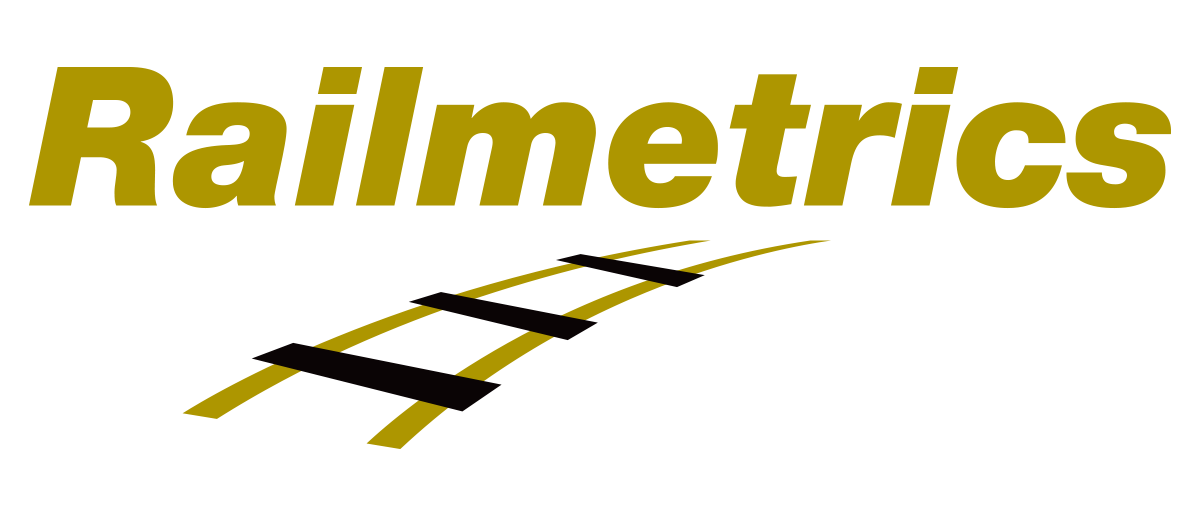Published Thu 18th Aug 2022
One of the primary burdens for railroads, in terms of cost and labor, is in railway track maintenance. One area of maintenance is track geometry, which can be affected over time by normal track bed degradation and also by external factors such as flood impact or adjacent construction activity. The degradation of the track bed and, as a result the track geometry, is complex and can be dependent on dynamic train loads, substructure material and movement, material properties and environmental conditions. If changes in track geometry go unaddressed the results can be significant, resulting in economic losses, operational interruptions, environmental impact and even loss of life.
The good news is that properly planned and executed maintenance actions can restore track geometry condition to within specified tolerances. But planning and prioritizing this kind of maintenance work based on reliable data is key to maintaining system integrity.

Utilizing real-time, wireless condition monitoring technology can inform maintenance models of long-term trends to optimize maintenance and detect sudden movement that could represent a safety issue. By using a real-time, wireless railway track monitoring system that is installed on the track at all times, instead of a train mounted system which only provides snapshots, long term incremental movement trends can be assessed and sudden movement can trigger immediate alerts that can be sent to a group of relevant stakeholders. Predictive models can then be developed by integrating this data with historical traffic and maintenance data which in turn supports the process of planning well-targeted inspection and maintenance interventions. This approach saves both time and money by reducing the number of mobilizations and optimizing operations. Also, by comparing quantifiable track geometry data for track sections, a clear prioritization of maintenance efforts can be mapped and optimized. This data helps engineers allocate capital resources. Finally, the monitoring data can be used to determine the effectiveness of maintenance works after completion and, in turn, improve future maintenance operations.
But trackbed monitoring systems have to be designed for this type of application. The systems must be ruggedized for harsh track conditions, yet still have a low profile in order prevent any clash with with railroad operations. Wired systems are more vulnerable to accidental damage and can require more up-front costs. Solar powered and long life battery-operated systems allow for quick installation, particularly in remote environments where line power is not readily available.
 Choosing a track monitoring system with a proven record of reliable use extending over many years and many projects is imperative for realizing the cost savings from monitoring for predictive maintenance. Senceive rail track monitoring technology uses precise tilt sensor nodes to detect movement and proven wireless communications platforms to send updates and alerts to remote stakeholders. Track alignment parameters that can be reported include changes in super-elevation (cross-level), cant, twist and settlement. Complementary sensors can monitor parameters such as temperature, strain and ground water levels. For more information on the World's most widely used wireless track geometry monitoring systems read more here.
Choosing a track monitoring system with a proven record of reliable use extending over many years and many projects is imperative for realizing the cost savings from monitoring for predictive maintenance. Senceive rail track monitoring technology uses precise tilt sensor nodes to detect movement and proven wireless communications platforms to send updates and alerts to remote stakeholders. Track alignment parameters that can be reported include changes in super-elevation (cross-level), cant, twist and settlement. Complementary sensors can monitor parameters such as temperature, strain and ground water levels. For more information on the World's most widely used wireless track geometry monitoring systems read more here.










